Micro-Machined silicon reduces the lead times needed to manufacture custom pressure sensors.

This is an example of a family of pressure sensors, called the MM Series, made with the Micromachined Modular technology.
Several different transduction methods can be used to convert pressure to a practical, measurable electrical signal. Most modern devices depend on the change in resistance of a metal foil or a semiconductor under a load. A signal-conditioning circuit converts the resistance change to a proportional electrical output signal. A Wheatstone bridge is the most common type of signal conditioning circuit selected for this purpose.
Metal-foil sensors comprise nickel-chrome or copper-nickel alloy foils, arranged in a grid pattern and change in resistance by deforming the foil elements under pressure. Similarly, semiconductor devices are made of piezoresistive silicon or germanium cantilever beams that deflect and change resistance under a load.
Signal Conditioning
The ideal Wheatstone Bridge is composed of four strain gages. However, in many instances, only two strain gages are needed, and passive resistors complete the bridge circuit. In this case, when voltage is applied to the bridge across points A and C, the resistance change in the strain gages under pressure or load produces a change in the voltage across B and D. This differential voltage output is directly proportional to the pressure or load acting on the gages.
The fundamental principle of operation for strain-sensitive pressure sensors is expressed as a sensitivity factor:
SF = mV/V/psi, or SF= mV/V/lb, and In terms of the diagrams shown here:
SF = VSIG/EXC/P, or
SF = VSIG/EXC/F
Where:
VSIG = strain gage voltage change, VOUT, mV
EXC = supply voltage, VIN, V
P = applied pressure, psi, or
F = applied force, lb
Most foil or piezoresistive strain gages are typically bonded to a pressure-gathering diaphragm, which is made from a variety of materials that range from high-strength epoxy to glass frit. The circular diaphragm can be steel or ceramic, but the way it must be manufactured is fraught with a number of drawbacks that does not lend itself well to high-volume manufacturing.
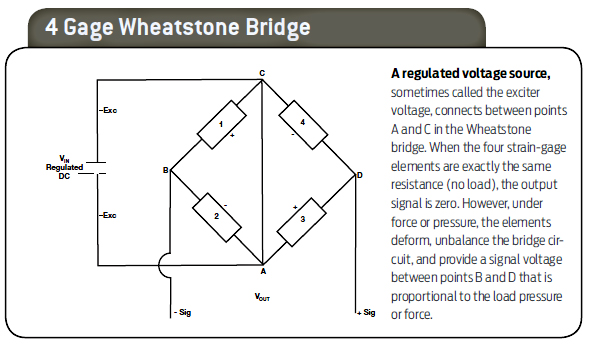
MEMS Technology
Fortunately, a relatively new technology, called Micro-Electromechanical Systems or MEMS, has largely overcome these drawbacks. MEMS use very large-scale integrated circuit processes to build thousands of small mechanical elements on a silicon wafer — the building blocks of pressure transducers. It integrates the mechanical with the electrical characteristics of silicon on a single substrate. Using the same pre-wafer and post-wafer fabrication process ensures that each device is virtually identical to its neighbor. For example, classical ion implantation processes diffuse strain gages into the internal silicon lattice, which produce the final micro-machined silicon strain element.

These small electro-mechanical elements come with many advantages. For example, they generate output signals 50 times greater than metal foil strain gages. Their thermal characteristics are highly repeatable and ideally suited to a number of different methods of temperature compensation, which includes digital and analog techniques, look-up tables, and passive methods.
Furthermore, MEMS do not need the adhesives that typically bind the diaphragm to the gage element. This feature and the excellent elasticity of silicon, produce a low hysteresis, high linear output with almost perfect repeatability, which does not require much signal correction. But bonded-foil strain gage devices contain adhesives that generate nonlinear resistance-to-strain ratios as well as creep and hysteresis errors.
The electronic circuits built into the transducer package compensate temperature and linearity. The heart of the device—the electro-mechanical-element—is mounted in a sealed chamber and protected by a stainless steel diaphragm. A small volume of incompressible fluid transfers the sensed pressure through the diaphragm to the micro-machined silicon diaphragm.
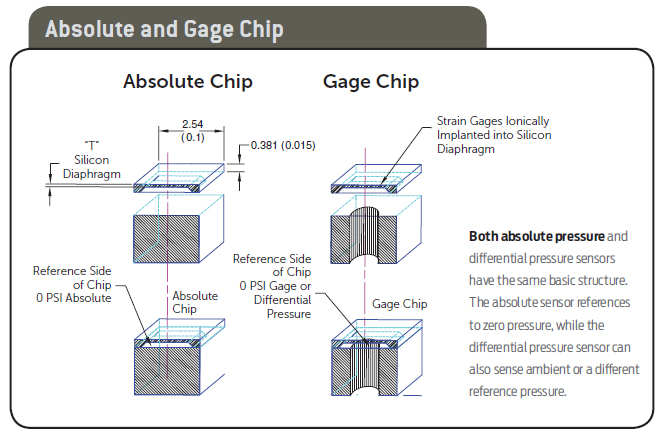
In addition, micro-machined silicon can survive relatively higher overpressures. For instance, bonded-foil sensors typically withstand two to three times working pressure before noticeable signs of plastic deformation appear in the diaphragm, which manifests as non-repeatability. By comparison, however, silicon is essentially perfectly elastic at any deformation when exposed to overpressure, so it can fully recover — until it fractures. Four times overpressure is typical for silicon, but 10 times overpressure can be designed into custom sensors. In the event that overpressure ruptures the diaphragm, secondary containment handles pressures up to 10,000 psi.

Another advantage of MEMS electro-mechanical elements is that they are modular and interchangeable. Silicon-based piezoresistive sensing elements form building blocks that can be used for a rugged, pressure-sensing family of products.
Discuss this on The Engineering Exchange:

Omegadyne
www.omegadyne.com
Note: Information for this article was provided by Omegadyne, Inc., Sudbury, Ohio.
Filed Under: Sensors (pressure), SENSORS, TEST & MEASUREMENT

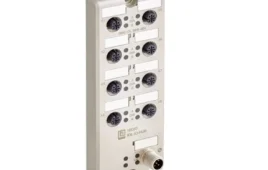
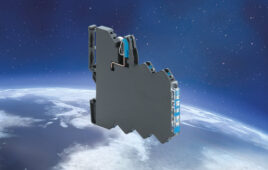
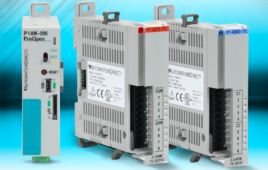
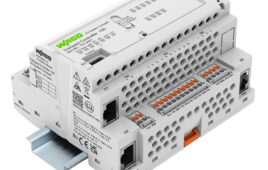
Tell Us What You Think!